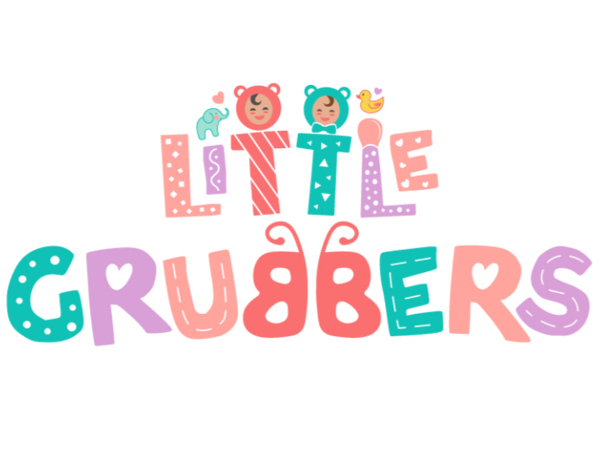The Great Feeding Debate
When it comes to introducing solids, parents are often faced with a big question: baby-led weaning or purees? Each method has its champions, and the “right” approach often depends on your baby’s preferences, developmental readiness, and your family’s lifestyle. In this guide, we’ll explore the differences, benefits, and challenges of each feeding style to help you make an informed choice that works for your baby.
1. What Is Baby-Led Weaning?
Baby-led weaning (BLW) is a feeding approach where babies skip purees and start with soft, solid foods they can pick up and eat themselves.
Pros of Baby-Led Weaning
- Encourages Feeding Independence: Babies learn to self-feed and control how much they eat.
- Promotes Motor Skills: Handling food improves hand-eye coordination and fine motor skills.
- Family Meals Made Easy: Babies can eat the same foods as the family (with minor adjustments for safety).
Challenges of Baby-Led Weaning
- Initial Messiness: BLW can get messy as babies explore their food.
- Choking Concerns: Parents need to ensure foods are soft and appropriately sized to avoid choking hazards.
Tip: Start with foods like steamed carrot sticks, banana slices, or avocado pieces for a safe and baby-friendly introduction to solids.

2. What Are Purees?
Purees are a more traditional approach where babies are spoon-fed smooth or mashed foods before transitioning to solids.
Pros of Purees
- Controlled Introduction to Solids: Parents can monitor the quantity and texture of food being offered.
- Suitable for Early Feeding: Great for babies who aren’t yet ready to chew or grasp food.
- Wide Variety: Purees allow for creative blends of nutrient-dense foods, such as sweet potato and spinach or apple and oats.
Challenges of Purees
- Slower Transition to Self-Feeding: Babies may become reliant on spoon-feeding.
- Potential Resistance: Some babies prefer textures over smooth purees.
Tip: Use tools like the 3-in-1 Baby Spoon™, which makes spoon-feeding easy and encourages babies to start holding the spoon themselves.

Check out “How to Encourage Your Baby to Self-Feed” for tips on transitioning from purees to self-feeding.
3. Can You Combine Both Approaches?
The good news is you don’t have to choose one method over the other. A blended approach allows you to enjoy the benefits of both baby-led weaning and purees.
Benefits of a Combined Approach
- Flexibility: Adjust based on your baby’s mood, preferences, and developmental stage.
- Smooth Transition: Babies can enjoy the independence of BLW while also getting the benefits of nutrient-dense purees.
- Convenience: Use purees for on-the-go feeding and BLW at home.
Tip: Try offering a puree as a dip for soft finger foods like sweet potato sticks or zucchini. This encourages exploration while introducing new flavors.

4. Choosing What’s Right for Your Baby
Every baby is unique, so the best feeding method is the one that aligns with your baby’s personality, readiness, and family routine.
Signs Your Baby Might Prefer Baby-Led Weaning
- They show interest in grabbing food off your plate.
- They seem frustrated with being spoon-fed.
- They enjoy exploring textures with their hands.
Signs Your Baby Might Prefer Purees
- They accept the spoon eagerly and enjoy smooth textures.
- They aren’t showing interest in self-feeding yet.
- You prefer a more controlled feeding experience to monitor food intake.
Tip: Be patient and flexible. It’s okay to switch between methods based on your baby’s changing needs.
5. Tools That Make Feeding Easier
No matter which approach you choose, having the right tools can simplify mealtime and make it more enjoyable for you and your baby.
Why the 3-in-1 Baby Spoon™ Is a Must-Have
- Designed for both spoon-feeding and self-feeding.
- Gentle on teething gums with its soft silicone material.
- Easy for babies to grip, promoting independence.
Ready to make mealtime fun and stress-free? Check out Little Grubbers’ 3-in-1 Baby Spoon™, the perfect companion for both baby-led weaning and puree feeding.
Conclusion: It’s All About What Works for You
When it comes to baby-led weaning vs. purees, there’s no one-size-fits-all solution. The most important thing is to foster a positive mealtime experience for your baby and your family. Whether you’re exploring finger foods, experimenting with purees, or blending the two, remember that mealtime is about connection, discovery, and growth.
